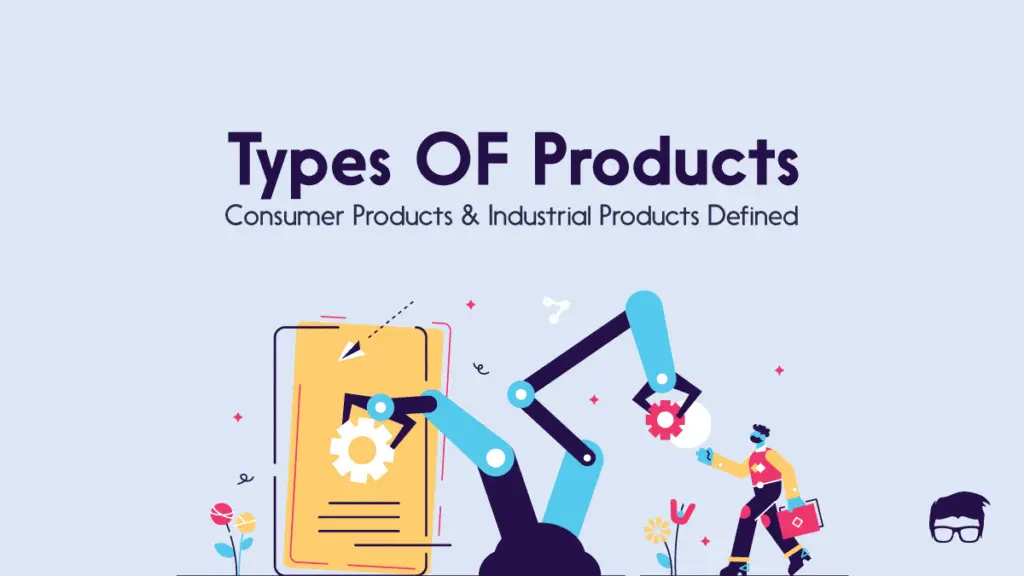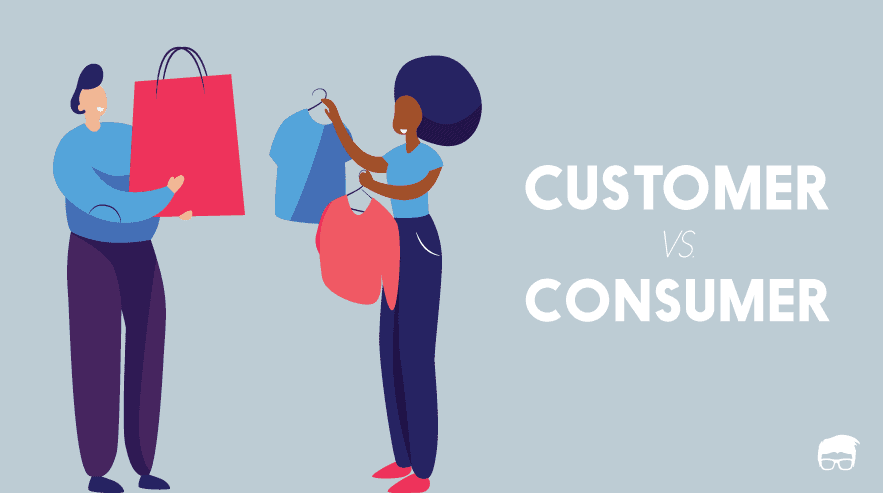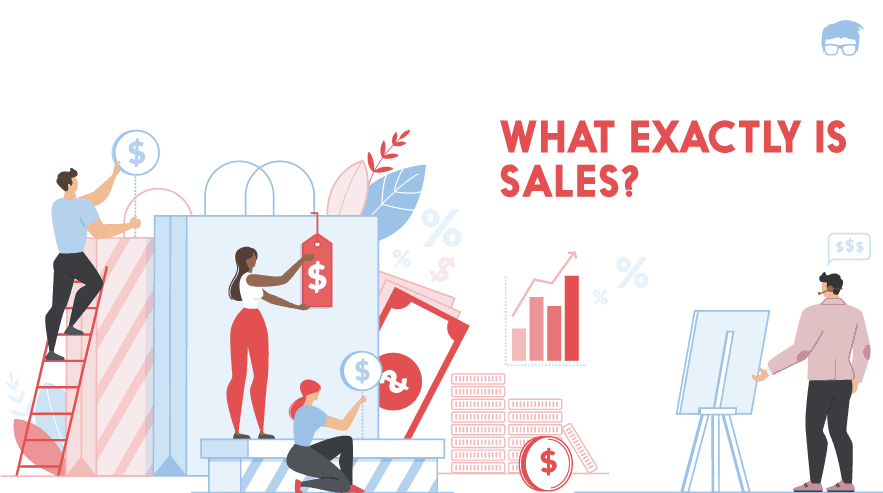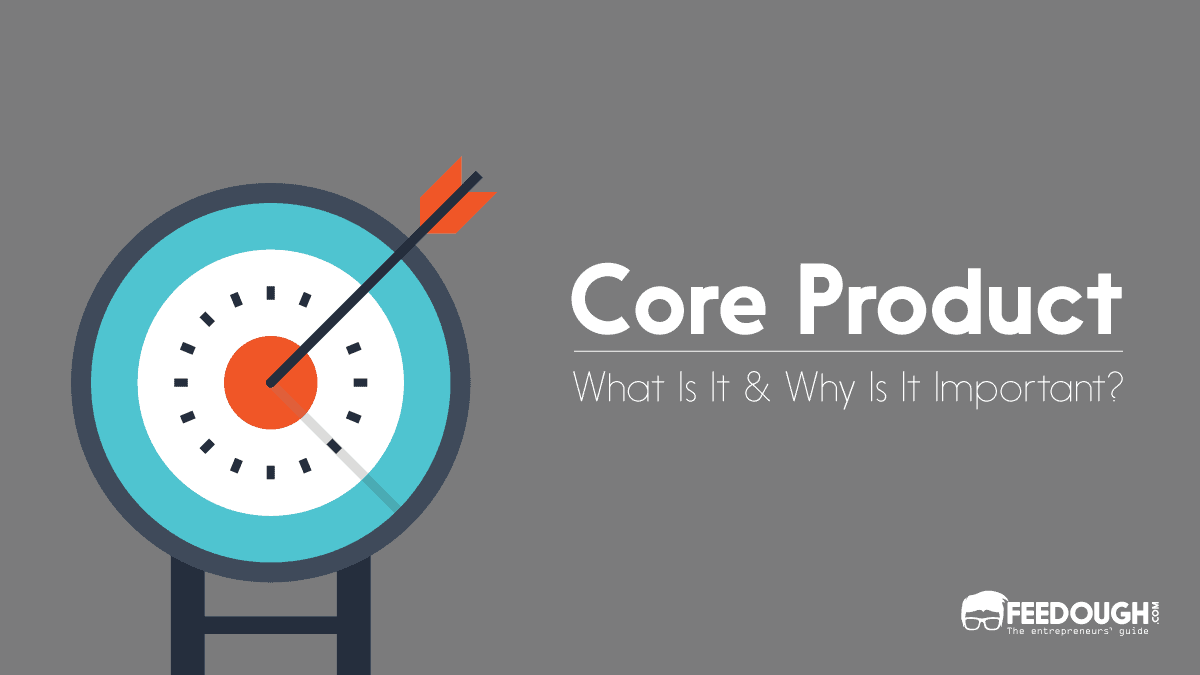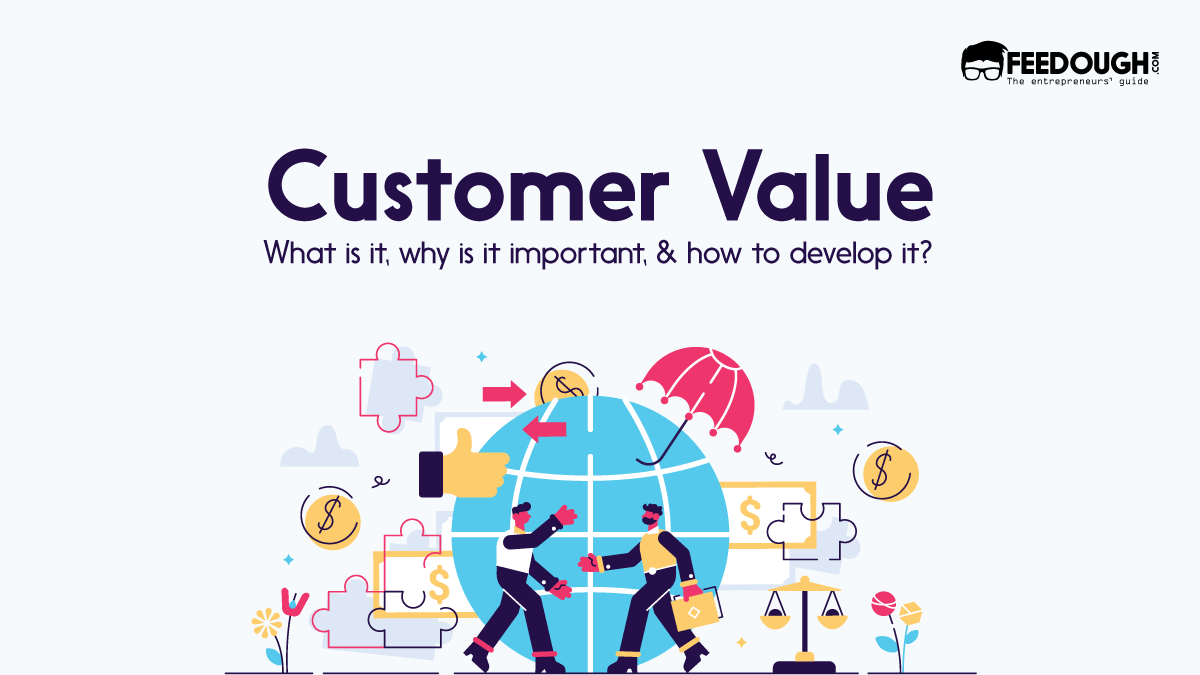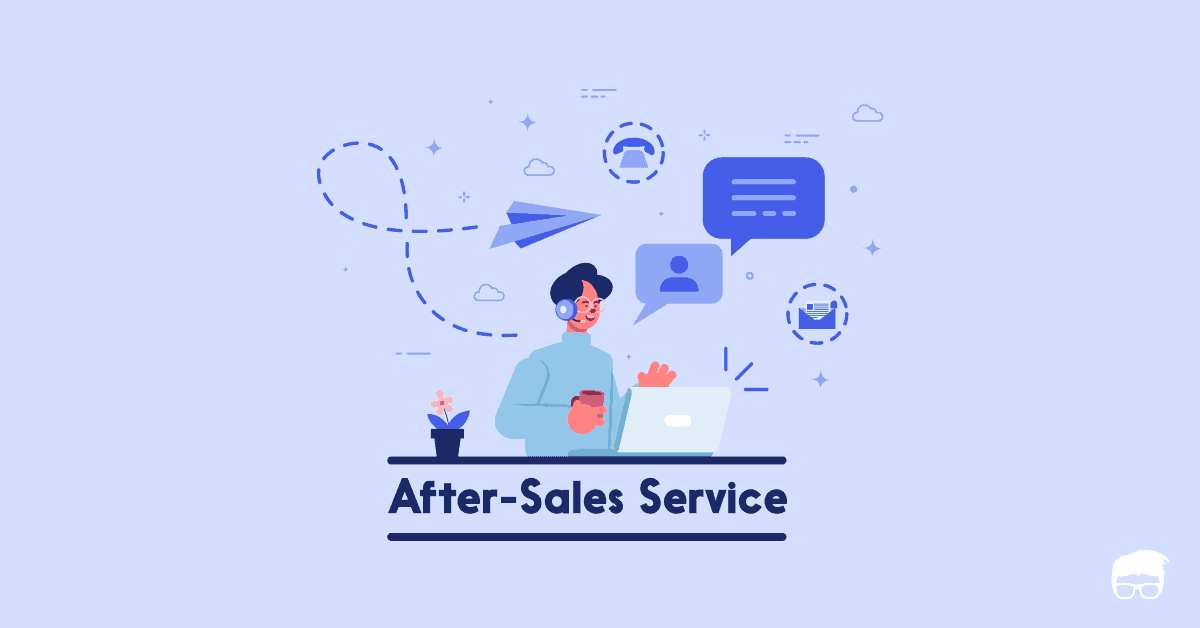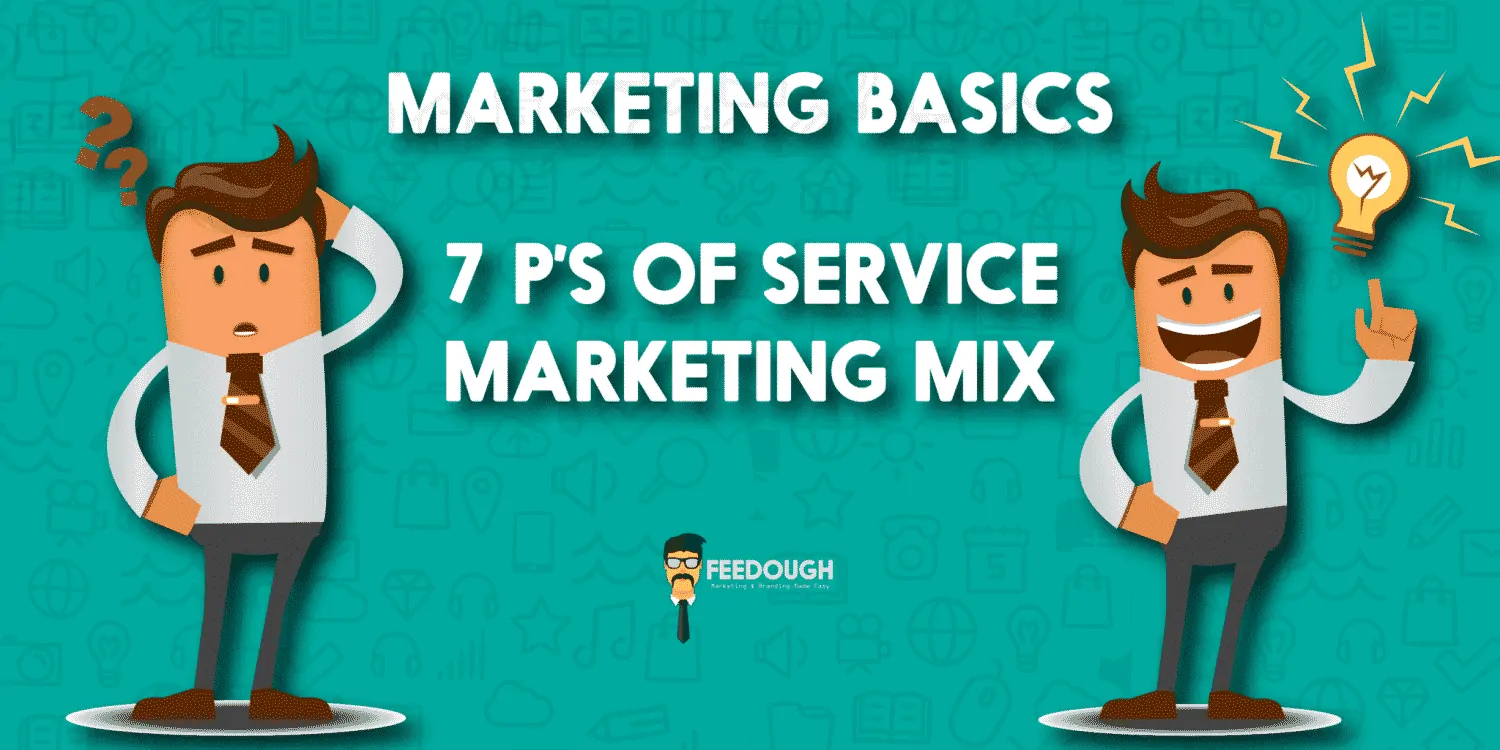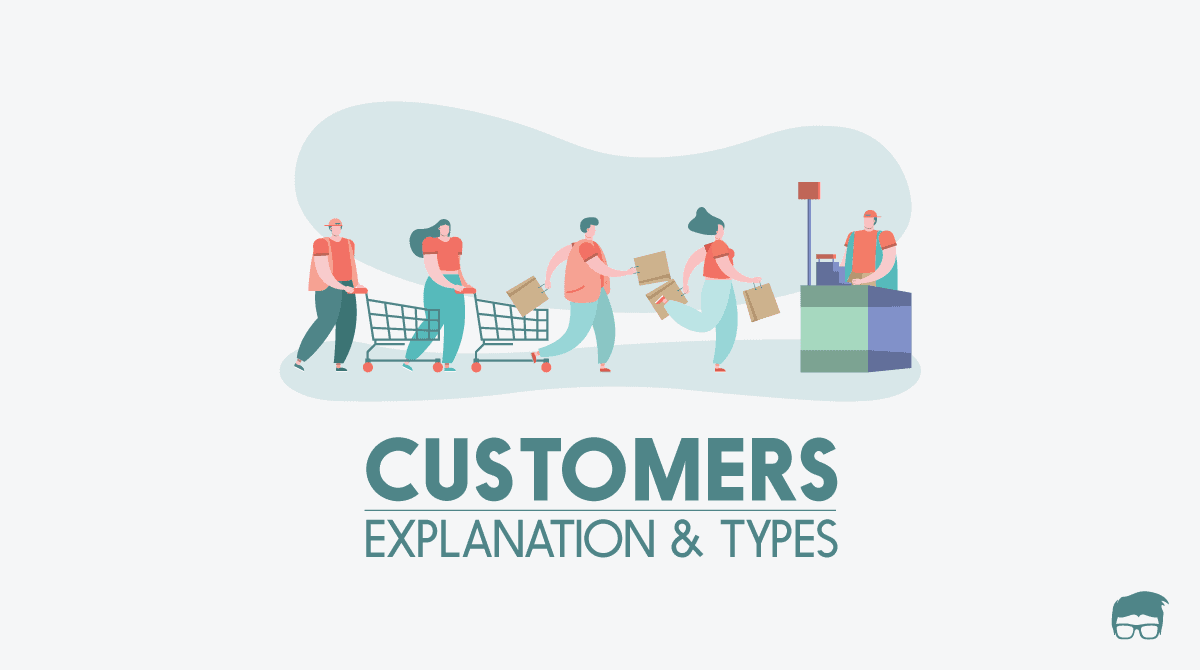A product is the offering a business provides to its customers in return for a monetary benefit. This offering can be a tangible item like a mobile phone or a doormat, or an intangible thing like a delivery service or cab service. Generally, anything that’s offered for sale is a product. Sometimes it’s the offering a customer buys in a store. Sometimes, it’s the customers themselves.
A perfect product in the right market makes for a glorious combination for a business. The market consists of consumers and industries, and businesses can cater to either or both.
But what are the types of products that one can find in the market? What do they mean? And finally, what do they consist of?
Let us find out!
The Two Types Of Products
Technically, every product that exists today can be categorised into two types depending on who it is targeted at:
- Consumer Products: These are finished products offered to the final customer who consumes them.
- Industrial Products: These act as materials used in the production of other goods.
Consumer products
Consumer products are those that have direct utility to consumers. Individuals consume these products to satisfy their needs and wants. Some examples of consumer products are smart TVs, cheese, bread, toothbrush, and motorcycles.
These products also involve services that directly satisfy consumers’ needs, like cab services or food delivery services.
Consumer products are further classified into four broad categories based on the purchasing behavior of the customer:
- Convenience products
- Shopping products
- Speciality products
- Unsought products
Convenience products
Convenience products are inexpensive products that don’t require much effort from the customer to select and purchase them. They are usually produced in huge quantities as they already have a set demand.
These products are easy to find, typically in grocery stores and major eCommerce websites, and don’t cost a lot. Additionally, customers use these products in small quantities since they can buy them frequently.
Products used daily by individuals, such as toiletries and medicines, are examples of convenience products.
Convenience products are further classified as staple, impulse, or emergency products.
- Staple products are those that the customer buys on a near-regular basis. They include goods like medicines, stationery, cigarettes, eggs, milk, etc., and services like cabs or carpooling services.
- Impulse products, as the name suggests, are bought on impulse. These products aren’t what one would put on their grocery list, as they are essentially unplanned purchases. Take, for example, how individuals pick up a bar of snickers at the cash. Even a sudden decision to go sky-diving or colour hair purple and even the sudden urge to get a body massage after a long day at work are all necessarily impulse products.
- Emergency products are suddenly considered a necessity due to an unprecedented situation; for example, a torch in the event of a power cut or an ointment in the event of an injury. Emergency products also include services like taking a taxi home after twisting an ankle or ordering food when the person has lots of work to do.
Shopping products
Shopping products are consumer products that the customer purchases less frequently and compare with other alternatives on quality, price, style, etc.
Unlike convenience products, these products require individuals to make little effort to purchase them. It is because consumers engage in comparing features and prices before finally buying these products. Consequently, purchasing these products usually takes more time.
Examples of shopping products are smartphones, laptops, or a dinner table.
These products can be classified as homogeneous or heterogeneous shopping products.
- Homogeneous Shopping Products are similar in features, quality, and suitability. However, other qualitative and quantitative attributes like their brand loyalty, prices, and positioning become the point of comparison as they vary a little. Consider washing machines manufactured by two different companies. While they have similar features and are in the same price range, the consumer tends to compare the two’s prices or his prior experience with the brands before making a decision.
- Heterogenous Shopping Products are those which vary significantly in style, suitability, quality, and pricing. An example of this would be clothing, wherein a consumer is likely to focus on the style they demand rather than the product’s price.
Speciality products
Speciality products are products with unique characteristics or images for which a significant group of customers is willing to make an extra effort.
These types of products are usually desired but not needed, and they apply only to certain customers.
Speciality products require special purchase efforts from the customers and often need considerable amounts of time to come to a decision. The sale of speciality products usually depends a lot on consumer loyalty. Hence, these businesses invest significant amounts of time into perfecting their goods and services and positioning them well to keep their customers coming back for more.
Usually, speciality products are less compared against other products as they have their fan-base. The effort, however, is put in terms of other factors – these products can be highly limited in quantity, highly-priced, or available only in select stores.
There is often a strong sense of loyalty seen in consumers who purchase such products. A consumer who favours one brand for its superior quality will travel to great lengths to acquire that brand’s product. Take Lamborghini, for example. A customer doesn’t spend time comparing it with other brands. Instead, they put in the effort to arrange funds and visit the store even if it is far off.
Other examples would be Louis Vuitton bags, Swarovski crystals, and Louboutin shoes. One may also be particularly inclined towards visiting their favourite salon to experience their exclusive service.
Unsought products
There are some products that a customer never considers buying under normal conditions; that is, the customer does not normally think about them, at least not until they need them. For example, one seldom considers buying an oxygen cylinder, life insurance, or funeral service. These products are often unheard of, as they haven’t been marketed enough or are not necessarily considered a requirement in life. Another example of an unheard-of product is a new headphone model that is yet to be heard of by the consumer.
Usually, unsought products are the hardest marketing task for a business. They require an extensive marketing campaign, high-budget advertising, and highly trained sales professionals.
Industrial products
Industrial products are products that are used to produce other goods. These products cannot be used directly, have to be processed, or are used for processing raw materials.
Such goods and services usually include machinery, manufacturing plants, raw materials, technicians or engineers services, etc., targeted to businesses or industries who use them to produce other products.
Generally, industrial products have the following characteristics:
- Rational Buying Power: Unlike consumer goods, purchasing industrial products involve more rational decisions than emotional ones. Customers buy such goods only when they need them. Usually, the quality and product matter more than positioning or other psychological drivers.
- Complex Product Lines: Industrial products can be complex in nature as they tend to be technical and niche specific.
- Higher Purchase Value: Industrial products are usually pricey, owing to their complexity.
- High Investment Level: Such products usually require substantial investment as they are used for mass or industrial production.
- Inelastic Demand: The demand for industrial goods isn’t much affected by the changes in prices.
Industrial products are further classified into six types. These are:
Raw materials
Raw materials are products that are processed before being sold in the consumer market as finished products. Natural resources such as wood and agricultural products such as cotton and livestock like sheep for wool provide industries with raw materials.
Take jute, for example. It’s a natural fibre derived from plants. This fibre is sent to a factory that processes it and eventually sells it in the consumer market as jute bags. Here, jute is the raw material which is the product that companies purchase from farmers to produce jute bags, among other products.
Capital products
Capital products include industrial products that are directly used for the production of other goods and services. This includes factories or buildings, land, and machines.
These are industrial products that allow a business to function, for without a factory, a business can not produce a product for the consumer market. Services like DHL, which deliver products, require a warehouse to store parcels. Hence, a warehouse is an industrial product, and so is an office.
Essential Equipment
These are the utility products used to produce, process, or sell other products. These are essential products without which a business cannot run. Imagine a big factory with no conveyor belts. It would lead to chaos, with workers running around, shifting items from one place to another. A conveyor belt plays the integral role of transporting packages and other items from one piece of equipment to the next. This allows for the successful processing and production of products efficiently.
Engines, tractors, conveyor belts, and forklifts are just some of the few examples of major essential equipment.
Component Materials
These products are processed inputs that are used to make the final output. Component materials essentially become a part of the final product. Unlike raw materials that come through nature, a component material is an already processed input.
An example of this is a paper sent to a publishing house used to make books or newspapers. Here, the paper has undergone the paper-making process previously, making it a component material.
Accessory products
These are products that lend a helping hand in the production process or the product’s selling process. They do not become a part of the final product but enable the manufacturing or selling of the product.
Small tools and even display racks are examples of these products.
Services and supplies
This involves the workforce in charge of maintaining, consulting, repairing, and cleaning, among other services. When an individual takes up the job of serving a business in any manner, the individual’s service becomes an industrial product.
These individuals enable the smooth operations of industry and directly or indirectly contribute to other products’ production. A salesperson can also be an example of this, as he aids in selling a particular product.
As for the supplies, these are the convenience products in the industry. They are frequently used and can be conveniently acquired. Examples of services and supplies include pens, glue, and A4 size papers used in an office setting, a cash register, and even small maintenance tools such as a screwdriver.
Go On, Tell Us What You Think!
Did we miss something? Come on! Tell us what you think about our article on types of products in the comments section.
A startup enthusiast who enjoys reading about successful entrepreneurs and writing about topics that involve the study of different markets.
